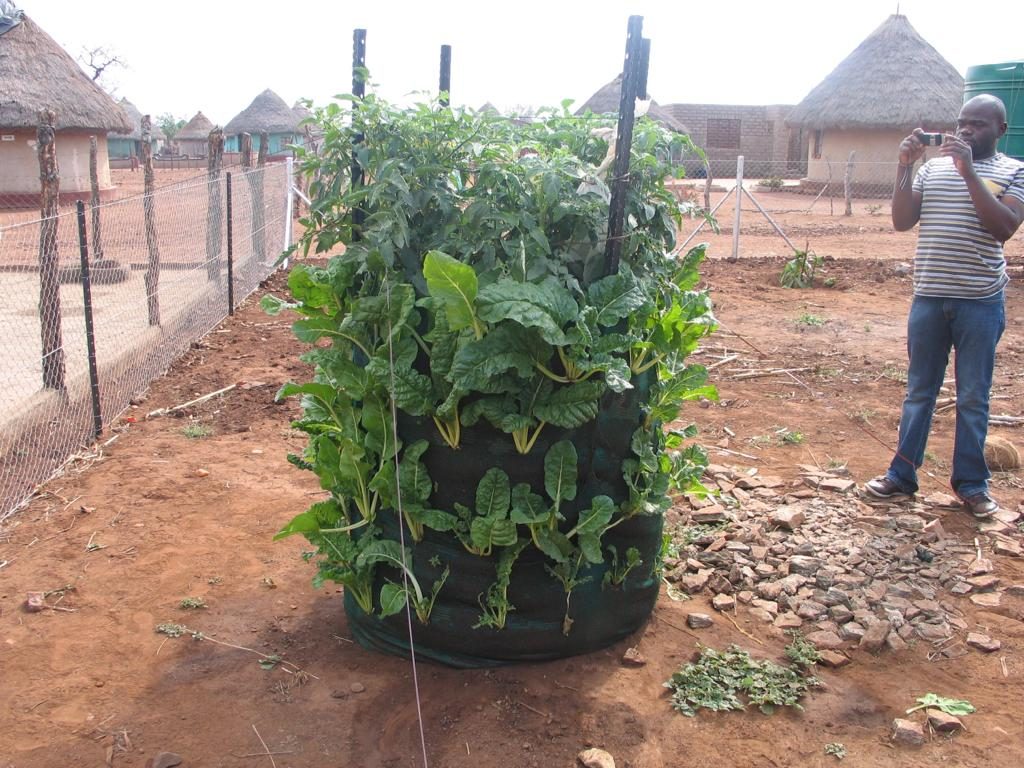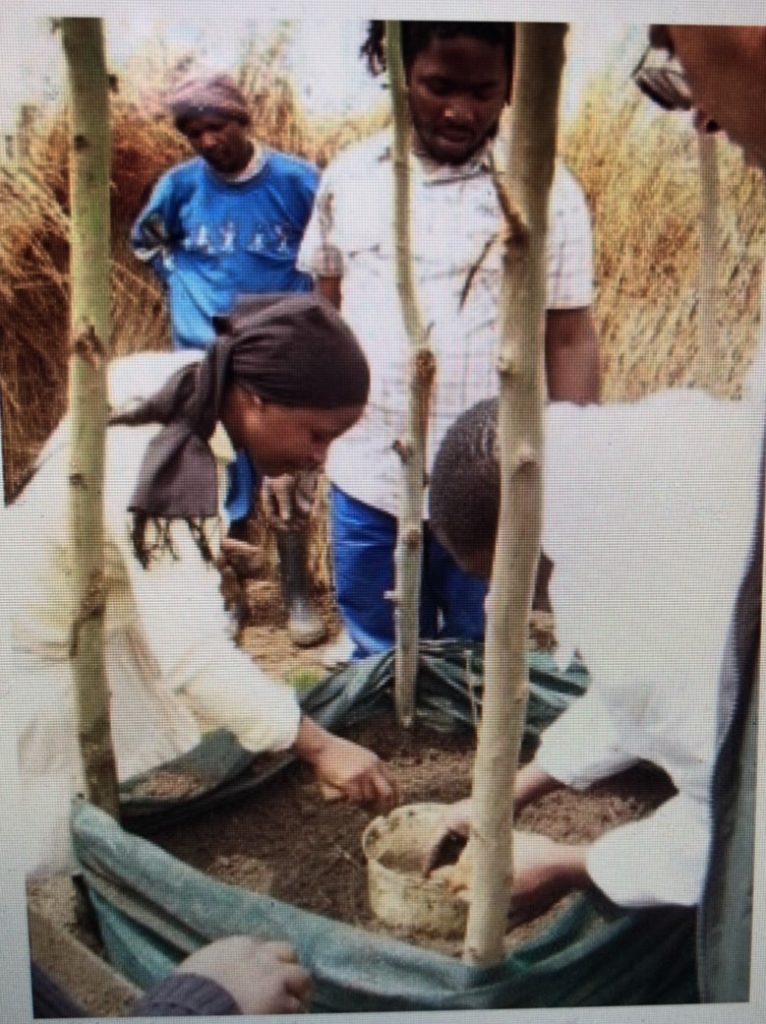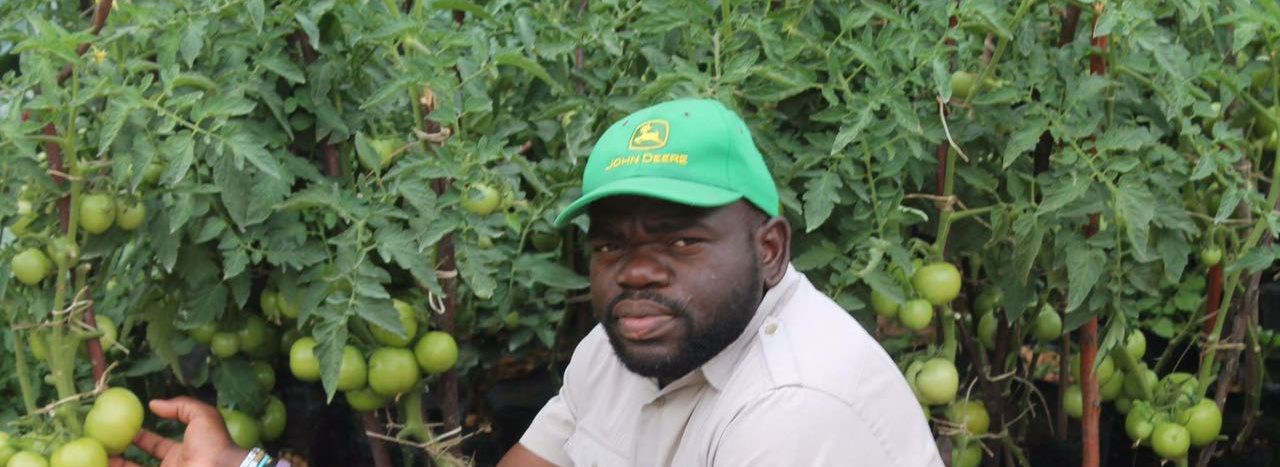
lenardjaeger@bigstring.com's commented on my previous Tower garden part 1 post and asked me to elaborate more on this topic post which I am excited to do so, allow me to first share with you that I enjoyed every moment implementing this life changing project and the highlight of this project besides its success in ensuring food security and nutrition was , the South African President and the Minister of Agriculture by then officially handed the project to beneficiaries and it was covered on national Television news (my DAFF team and I we were on national TV news , SABC2) . This post will give you more details on understating tower gardens , benefits and how to prepare it.
What are tower gardens?
Tower gardens are small upright gardens that can be watered using gray water. These gardens are good for older people, as you do not need to bend down a lot and can be made anywhere close to a home.
What is grey water?
Grey water refers to the water that has already been used for domestic
purposes; such as washing of dishes and clothes. Because of the normal
shortage of water in most of South Africa, it is essential to save water. This water can be re used for gardening purposes.
Grey water
In many cases, water has to be carried from the nearest stand-pipe in plastic containers not for the purpose of gardening, but for cooking and washing. This water can be re-used for growing vegetables successfully. This is a way of saving water, the so-called grey water, and uses it for gardening. Vegetables are grown in a column filled with a soil mix in a bag. They are planted in holes cut in the sides of the bag itself and, each day, the available grey water is poured into the bag.Vegetables can grow successfully with soapy water! You can clear the soapy water out of the system by pouring two buckets of clean water into the column, once a week
This is lazy gardening
One of the main attractions of the method is that little labour or attention is
required and this appeals to all busy gardeners. Once people have become
familiar with the towers, they prefer to position them right at the back door so that it is easy to pour the wastewater into the tower. It is difficult to predict how much water is required, only time can tell. If water forms a puddle around the bottom of the tower, it is an indication that too much water is being applied and the obvious answer is to make a second tower! You can start by applying two 20 liter buckets per day.
Constructing tower garden
The way in which the tower works is simple:
1) The four upright poles can be made from branches or fencing standards.
Where crops such as tomatoes are planted in the top layer of soil, extensions can be wired on to provide trellising. Often we advise farmers to include onions to be used an insects repellent because its strong smell.
2) The selection of the cloth that forms the sides of the tower is critical. Shade netting proved to be far more durable; but it is important to use nylon string or fishing line to join up the ends of the shade netting to form cylinder
Soil Mix
The soil mix is contained by the shade cloth “skin” and surrounds a
central stone packed drain/ column. The soil mix provides fertility and
retains water:
- Mixtures of six parts of soil, four parts of manure and two parts of
wood ash are satisfactory. - The soil should be damp but not too wet, when you are packing
the tower.
The stone column in the middle of the tower controls the flow of water so that the soil in the tower is kept moist.

- Carefully pack flat stones, or building rubble in a bottomless 10 liter bucket.
- Use smallish stones, provided the are evenly packed, so that even
water distribution is achieved.
What vegetables can be grown?
1.Leafy Crops :spinach and mustards
The towers are ideal for leafy crops, typically the various varieties of spinach, which are planted through the holes in the side of the shade-net cylinder. Ideally the holes should not be one above the other but should
be staggered diagonally, providing more space for root development.
2. Tomatoes and onions
Tomatoes and Onions can be planted on the top of the tower and, if crops
require trellising, this can be provided by extending the vertical uprights and joining them with wire or string. Where possible companion crops should be grown to facilitate biological control of disease and pests. Garlic and onions are useful in this regard.

